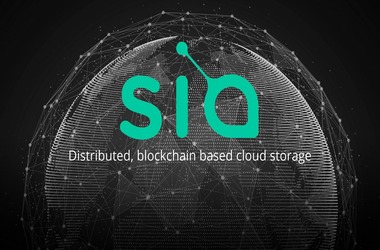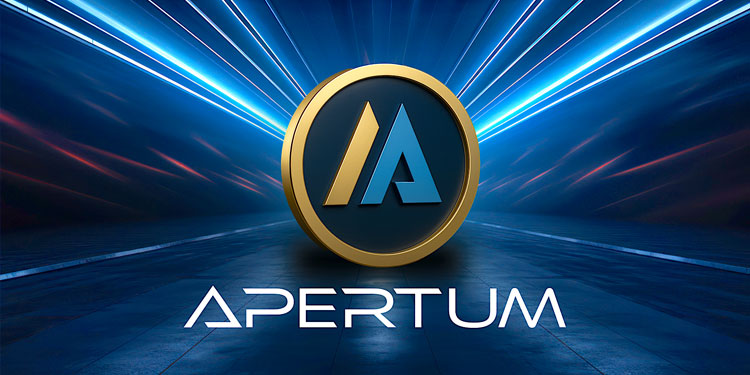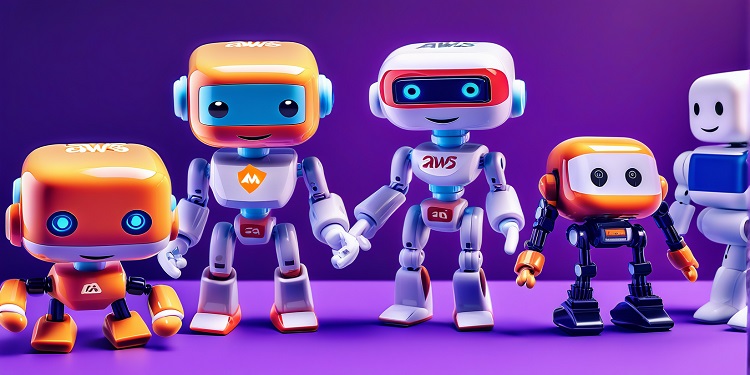 One of the main concerns about blockchain networks is the potential centralization by large mining groups. Such a scenario will shake the fundamentals of blockchain technology. Developers behind various blockchain networks are looking at various options to prevent large mining groups from gaining control of networks.
One of the main concerns about blockchain networks is the potential centralization by large mining groups. Such a scenario will shake the fundamentals of blockchain technology. Developers behind various blockchain networks are looking at various options to prevent large mining groups from gaining control of networks.
In this regard, Sia blockchain network has come up with a formal code for hard fork of the network, resulting in blocking miners who employ hardware sold by Bitmain and other major players.
The release of the new code (version 1.3.6) was announced in Sia’s official channel on Discord by David Vorick, founder and CEO of Nebulous, the firm behind the $239 million distributed storage protocol. The for-profit firm has informed crypto market that the hard fork will be activated on October 31.
Vorick further said “All users who want to stay on the Sia network need to upgrade prior to the hard fork date. All major exchanges will be participating in the hard fork.”
Notably, the decision has been made nearly after a year of arguments by the members of the Sia blockchain community. Once the code gets activated, only application-specific integrated circuit (ASIC) processors manufactured and offered by Obelisk, a subsidiary of Nebulous, can be employed to mine the chain for block rewards. Therefore, mining hardware offered by Bitmain and Innosilicon to mine Sia blockchain will cease to function by the end of this month.
It can be remembered that in January Bitmain unveiled its AntMiner A3 product mainly targeting the Siacoin, in addition to offering support for Siacoin on its mining pool, referred by the name AntPool.
Vorick also stated that the new code also included critical updates to prevent Sybil attacks, which establish fake ids to exploit a blockchain network, and “other methods that could be used to manipulate a host unfairly into the top ranks.”
For miners who are not interested in associating with the hard fork, Sia’s development team is also offering an alternative upgrade, via version 1.3.5. This version, released along with version 1.3.6, plugs detected security problems, but avoids the hard fork section of the code.
Regarding the difference between both versions, Vorick said “The only difference between v1.3.5 and v1.3.6 is the activation of the hardfork, meaning that users can safely upgrade to v1.3.5.”








